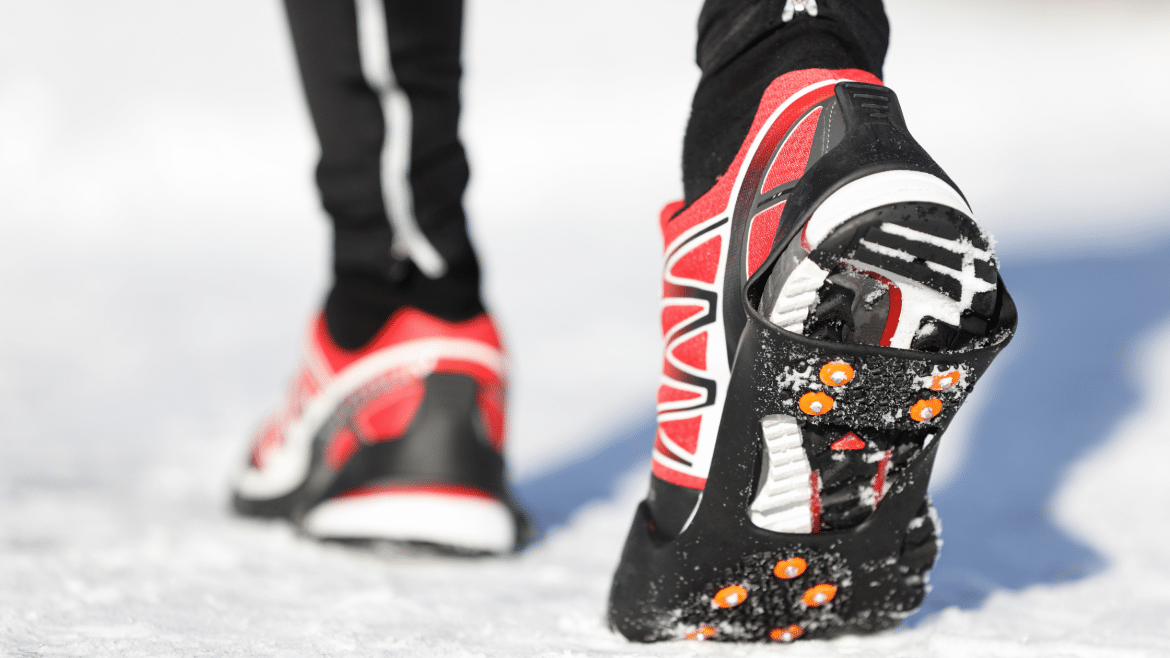 Oct
07
Oct
07
Guide to Carbon-Plated Running Shoes: Why Do Athletes Prefer Them?
- 7 October 2025
- 0 Comment(s)
If you want a measurable performance edge, modern racing shoes deserve your attention. Research on marathon-style racing shoes found that prototype designs lower the energetic cost of running by about 4% on average. This saving can translate to meaningful seconds over a marathon distance.
That figure explains why you see elite athletes choose these models. But the gains do not come from a single trick. The shoe pairs a stiff plate, advanced midsole foams, and deliberate geometry to change how your foot contacts the ground. This carbon plate running shoes guide
explains what these shoes are, what parts matter, and why carbon-plated running shoes often deliver better economy and faster race times. Expect clear, practical points you can use when you shop or plan race-day gear.
What are Carbon-Plated Running Shoes?
You get a racing shoe that combines three design choices: a thin, stiff plate (usually carbon fibre) embedded in the midsole; a thick, highly responsive foam around that plate; and a curved sole shape. Together, they shift how force moves through your foot. The plate adds longitudinal stiffness, and the foam stores and returns energy. The curve, often called rocker geometry, shortens the transition from landing to toe-off.
Key Components of Carbon-Plated Running Shoes
Carbon Plate
The central design element of the best carbon running shoes is the thin, rigid carbon plate that is inserted inside the midsole. The plate is usually placed between responsive foam layers and runs all the way from the heel to the toe. The plate serves to propel the foot forward as it acts like a spring, generating a rocker effect that diminishes the energy each step takes.
Responsive Foam
Carbon-plated shoes also employ newer, lighter foams in the midsole. These “superfoams,” have high energy return, or they take in impact and rebound with each stride. Mixing the foam with the carbon plate actually increases the energy return even more, producing a more energetic toe-off.
Rocker Geometry
You’ve probably seen that the majority of carbon-plated running shoes have a distinct curved or “rocker” appearance which rolls the foot forward, facilitating a seamless heel-to-toe transition. This reduces the ground contact time and provides a more efficient stride while propelling the runner ahead with less force.
Why Do Athletes Prefer Carbon-Plated Running Shoes?
Increased Propulsion
The plate redirects your force into forward motion, paired with energy-return foam, which yields stronger toe-offs. In lab tests, shoe designs with plates and responsive foams showed consistent improvements in running economy compared with older racing models. That economic gain helps you maintain faster paces with the same oxygen cost.
Reduced Muscle Fatigue
As the shoe returns more energy for each step, your muscles do less net work. You feel less calf and quadriceps fatigue late in long runs. That can mean steadier splits and a smaller performance drop in the final kilometers.
Efficient Stride Mechanics
The stiffness-plus-rocker combo smooths the transition from heel (or midfoot) to toe. Your ground contact time shortens and ultimately, your vertical bounce reduces. That improves efficiency, especially at faster paces and with midfoot or forefoot striking. If you mostly run steady, easy paces, the gains are smaller. But at race pace, the shoe activates more strongly.
Improved Stability and Alignment
A full-length or shaped plate stabilizes the forefoot and supports a neutral roll-off. This reduces lateral energy loss from excessive pronation or unwanted foot collapse. The plate gives more control to many runners, who feel underfoot during hard efforts.
The Bottom Line
Carbon-plated running shoes change the way force travels through your legs. They combine a stiff plate, springy foam, and rocker geometry to improve running economy, reduce late-race fatigue, and promote efficient stride mechanics. Talking about the race-day efforts and fast workouts, they can give you a real edge, often measurable in lab tests and in race results.
If you’re ready to try them, start slowly, break them in across shorter intervals. Use them strategically in races and tempo sessions. If you want help picking a model or a test-ride plan, TD Sportswear can offer you custom running apparel that suit your gait, goal pace, and race distance.
FAQs on Carbon-Plated Running Shoes
Are carbon-plated running shoes worth the money?
Yes, if speed and efficiency are your priorities, carbon-plated running shoes are worth it. They have a stiff carbon plate, responsive foam, and rocker geometry that minimize energy loss and enhance propulsion. Though they’re pricier than conventional trainers, the performance gains, particularly in races, are why they remain a favorite among elite and non-elite runners.
Can newcomers employ carbon plate running shoes?
Carbon plate running shoes are not just for elite athletes. Newcomers can also employ them, but one must adapt gradually. The stiff plate and rocker mechanics might be unfamiliar at first. Begin with brief sessions or tempo runs before racing with them, so that your muscles and stride familiarize themselves with the design.
What are the chief advantages of carbon running shoes?
The greatest advantages are better running economy, diminished muscle fatigue, enhanced propulsion, and effective stride mechanics. Runners save a total of about 4% in the cost of energy, which can be converted into improved race times. Furthermore, the combination of foam and plate favors long-distance running as it reduces exhaustion in the calves and quadriceps at the later stages of the race.
